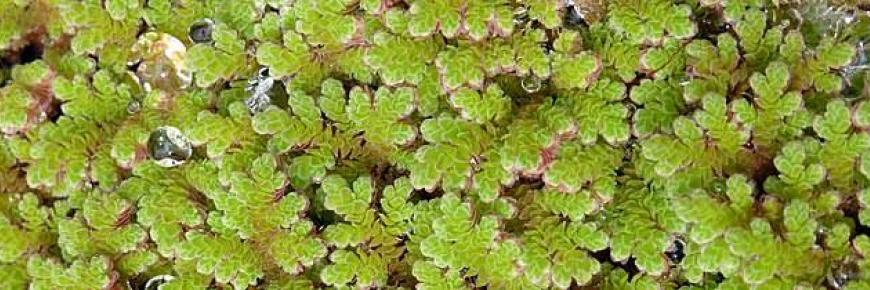A Success Story
 At times the list of invasive non-native species already established in the UK seems overwhelming, particularly when combined with the daily threat of new arrivals. However, it is important to remember that the eradication of invasive species and the restoration of the countryside to its natural state are possible. One of the most successful and well-known examples of this occurred in in the eastern UK in story beginning in the 1920s.
At times the list of invasive non-native species already established in the UK seems overwhelming, particularly when combined with the daily threat of new arrivals. However, it is important to remember that the eradication of invasive species and the restoration of the countryside to its natural state are possible. One of the most successful and well-known examples of this occurred in in the eastern UK in story beginning in the 1920s.
The coypu (Myocaster coypus) is a large beaver-like rodent native to South America. It was introduced to the UK in the 1920s and 30s during the establishment of fur farms situated in lowland, riverine areas. Individuals soon escaped from captivity and were able to adapt and successfully breed in the wild, becoming particularly well established across East Anglia.
Coypus are one of the world’s largest rodents, weighing in at around 16 lbs and reaching approximately a metre in length, including a long scaly tail. Their size, coarse brown fur and distinctive large orange incisors make them easily recognisable. They are herbivorous and semi-aquatic, living in burrows dug into the banks of rivers, ditches and dykes. These tendencies made them particularly problematic across Norfolk and parts of Suffolk where low-lying wetlands and the Broads system provided an ideal habitat. They are prolific, year round breeders with female coypus able to give birth to litters of 4-5 young every 130 days. They have no known predators in the UK and were able to spread along 65 km of Norfolk’s rivers between 1937 and 1945. By the 1960s, they were well established, reaching a peak population of around 200,000 individuals concentrated in East Anglia but also spreading into Essex, Hertfordshire, Bedfordshire and Lincolnshire.
 This large population caused a great deal of damage to waterways, as burrowing by coypus undermined river banks and flood defences, impacted irrigation systems and increased the risk of serious flooding. Any wooden structures along waterways, such as footbridges, frequently suffered damage from gnawing. Coypus fed principally on aquatic vegetation and destroyed important habitats for native species such as the Bittern and other marshland birds. Local populations of the rare flowering rush Butomus were also wiped out. Coypus were also known to graze on nearby farmland, destroying large quantities of valuable crops.
This large population caused a great deal of damage to waterways, as burrowing by coypus undermined river banks and flood defences, impacted irrigation systems and increased the risk of serious flooding. Any wooden structures along waterways, such as footbridges, frequently suffered damage from gnawing. Coypus fed principally on aquatic vegetation and destroyed important habitats for native species such as the Bittern and other marshland birds. Local populations of the rare flowering rush Butomus were also wiped out. Coypus were also known to graze on nearby farmland, destroying large quantities of valuable crops.
Efforts to eradicate coypu began in the 1960s. Approximately 97,000 animals were trapped between 1960-62, without any noticeable impact on population numbers. The coldest winter for 200 years at the end of 1962 followed by renewed trapping efforts resulted in a further 40,000 coypu removed by 1965. Trapping commenced for the final time in 1981, with the last wild coypu eradicated in East Anglia during 1989. There have been no confirmed reports of coypu in the wild since this time.
The total cost of this successful eradication of coypu from the UK has been estimated at £2.5 million. It remains an offence to release or allow the escape of this species into the wild. Landowners are also required by law to give notice of coypu known to be at large so that they can trapped and removed.
References
Baker, S. (2006) The eradication of coypus (Myocastor coypus) from Britain: the elements required for a successful campaign. In Assessment and Control of Biological Invasion Risks (eds Koike, F., Clout, M.N., Kawamichi, M., De Poorter, M. & Iwatsuki, K.), pp.142–147. Shoukadoh Book Sellers, Kyoto, Japan, and IUCN, Gland, Switzerland.
Gosling, L.M. & Baker, S.J. (1989) The eradication of muskrats and coypus from Britain. Biological Journal of the Linnean Society, 38, 39–51.
Harris, S. & Yalden, D.W. (2008) Mammals of the British Isles: Handbook. Fourth edition. The Mammal Society, Southampton.
Photos: Coypu (Norbert Nagel)

